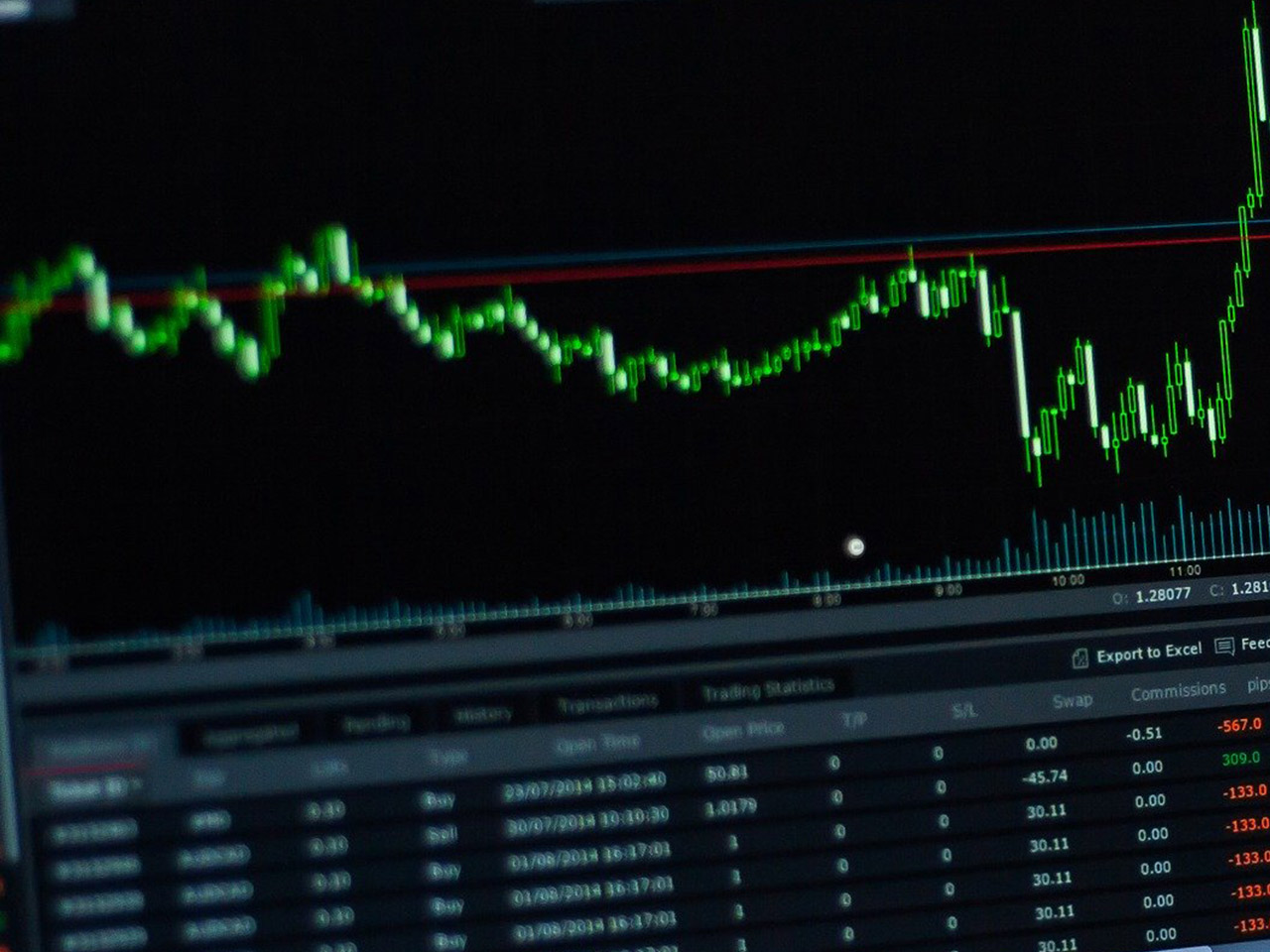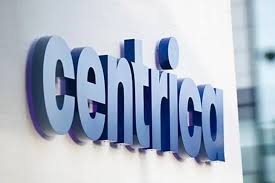ASOS PLC (ASC.L), the British online fashion retailer, presents a compelling yet complex case for investors looking to capitalize on its significant potential upside. With a market capitalization of $300.06 million and a current stock price of 246.5 GBp, ASOS has captured attention with an intriguing 56.38% potential upside based on analyst target prices. While the company operates in the ever-evolving consumer cyclical sector, particularly within the internet retail industry, its financial data reveals both opportunities and challenges that demand a careful evaluation.
ASOS offers a diverse portfolio of fashion brands, including ASOS Design, Topshop, and Miss Selfridge, and serves a global market spanning the UK, EU, US, and beyond. However, the company is navigating turbulent waters, as reflected in its valuation metrics and financial performance. The absence of a trailing P/E ratio and a daunting forward P/E of -875.23 highlight ongoing profitability challenges. Additionally, revenue growth has contracted by 13.70%, and the company reports a negative EPS of -2.47, which signals persistent financial hurdles.
Despite these concerns, ASOS’s free cash flow stands at an impressive £106.68 million, providing a cushion and potential for strategic investments or debt reduction. However, its return on equity is a worrying -62.59%, indicating the need for substantial improvement in operational efficiency and profitability.
The stock’s technical indicators present a mixed picture. The 50-day and 200-day moving averages sit above the current price at 280.29 and 313.49, respectively, suggesting a bearish trend. Meanwhile, the RSI of 46.22 places the stock within neutral territory, though the MACD and signal line indicate potential downward momentum.
Analyst ratings on ASOS stock are varied, with five buy ratings, seven hold ratings, and four sell ratings. The target price range extends from 232.00 to 790.00 GBp, with an average target of 385.47 GBp, reflecting a spectrum of views on the company’s prospects. The potential upside of 56.38% is certainly appealing, but investors must weigh this against the company’s current operational and financial challenges.
ASOS does not offer a dividend, as evidenced by a payout ratio of 0.00%, which could deter income-focused investors. However, for those with a higher risk tolerance, the potential for capital gains may compensate for the absence of dividend income.
Navigating the investment landscape with ASOS requires a nuanced understanding of both the macroeconomic environment and the company’s strategic initiatives. The fashion retail sector is subject to rapid shifts in consumer preferences and economic conditions, which could either amplify or mitigate the risks associated with this stock.
In conclusion, ASOS PLC presents a high-risk, high-reward scenario for investors. The potential upside is substantial, but it is accompanied by significant financial and operational challenges. Investors should conduct thorough due diligence and consider their risk appetite before making any investment decisions in ASOS.









































